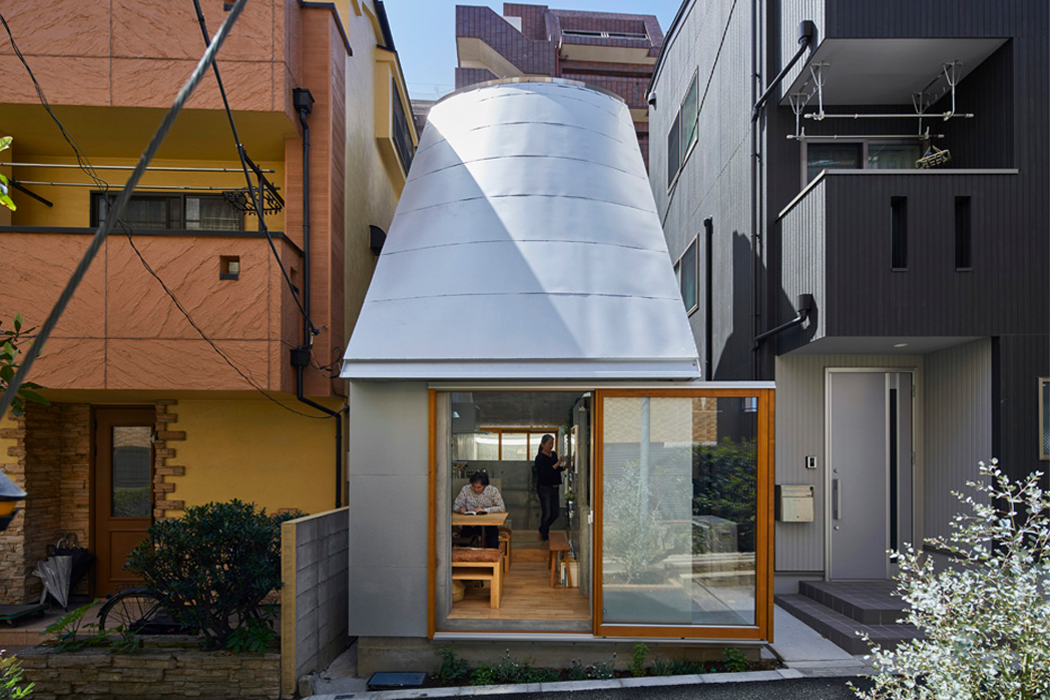
Moving to Tokyo with his wife, architect Takeshi Hosaka found a tiny nook of the urban world to build his modest, single-story, micro-home. The tiny home, called Love2 House occupies a total of around 30 meters of Tokyo pavement in the Bunkyo district, decreasing the total area of their previous living space by seven meters. Hosaka designed his Tokyo-based micro-home with both simple pleasure and realistic practicality in mind.
Inspired by Roman villas, Hosaka aimed to bring the restful repose that comes with country living to the city world, so he focused on how he could create a home that catered to studying, bathing, the theater, music, and gastronomy. The micro-home is equipped with a bathroom, which includes a toilet and washing area, a bedroom that shares an entry with a small, outdoor garden space, a practical kitchen area to concoct healthful meals, a study and dining table area for lounging or productivity, and finally a storage area where the laundry facilities and bulkier, electronic items are found. Love2 House embraces the natural bustle of the Tokyo lifestyle by easily slipping into a vacant alcove between two traditionally urban living spaces, and also encases a full, 19 meters of living space between its reinforced concrete walls. Crowning the concrete micro-home is the main event, Hosaka’s funnel-roof.
Hosaka had to prepare for three months of winter, during which his Love2 House would not receive any direct sunlight. Hosaka’s solution was a curved roof whose exposed vertex produced a pocket of skylight to fill up the single-story micro-home with plenty of natural bright light from the sun, no matter the season. On the winter daylight dilemma, Hosaka says, “In the winter, the two skylights effectively bring soft sunlight into the house and in the summer the house is filled with brilliant sunshine like in a tropical country.” The roof is also protected from weather changes and forces for the exterior panels are clad with galvanized aluminum, which helps preserve metallic surfaces from rusting due to corrosion and oxidation. The unexpected largeness of the micro-home comes through with the slightly curved, tall ceilings that seem to expand the entire floor space with lots of open-air and natural sunlight. While living in one of today’s busiest cities, Hosaka managed to attain the pleasures of country living by architecturally sculpting and designing both into and around the 30 meters of Tokyo pavement where Love2 House nestles.
Designer: Takeshi Hosaka
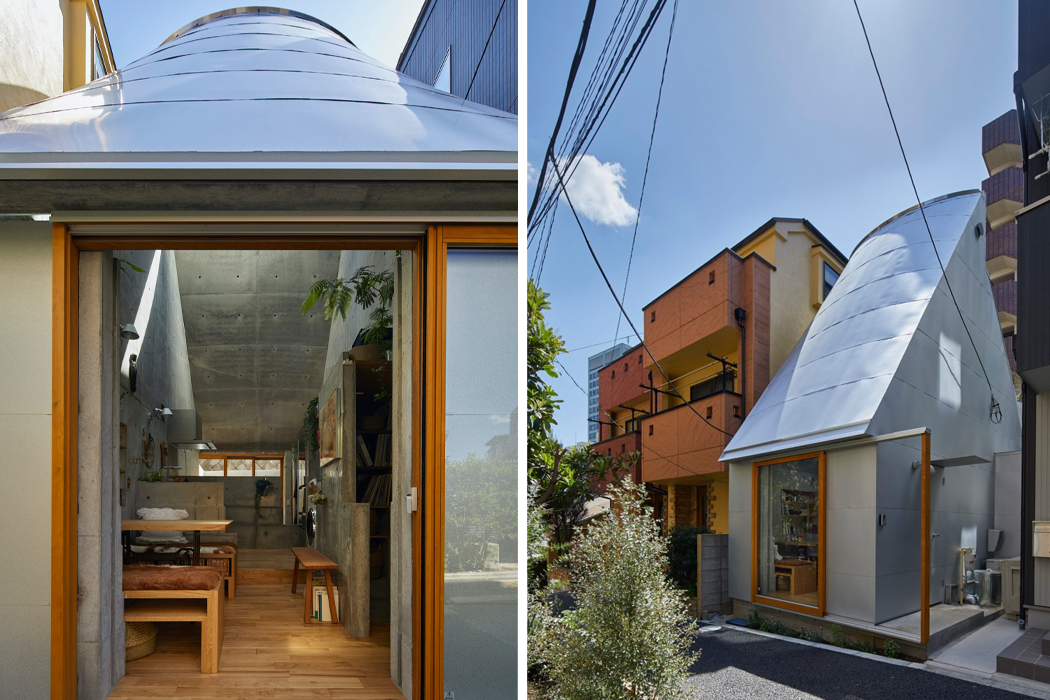
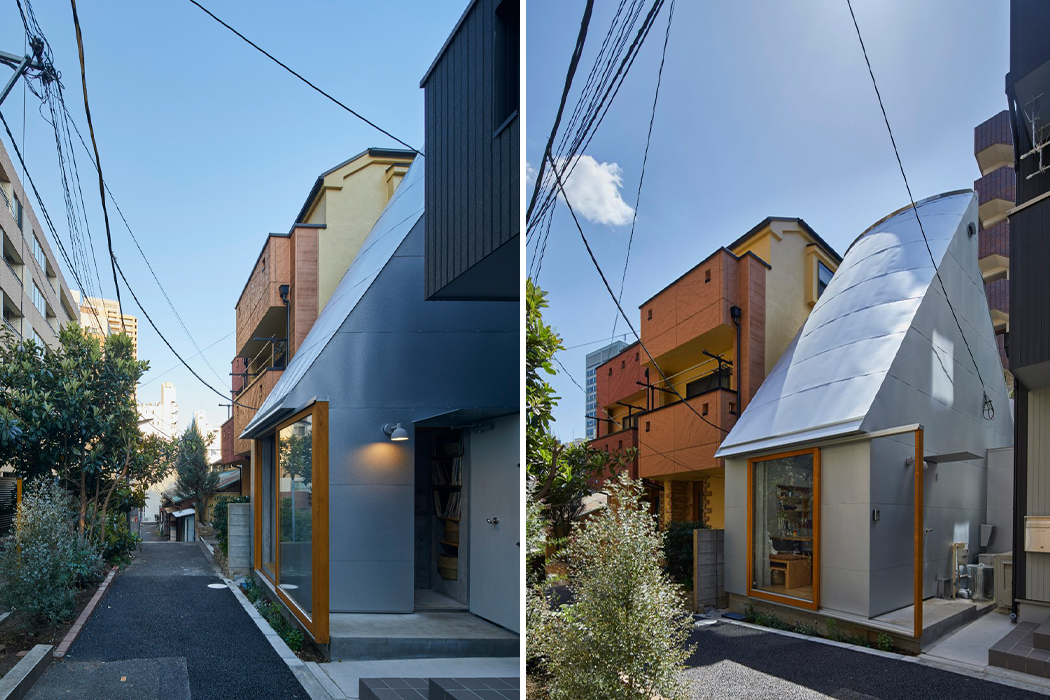
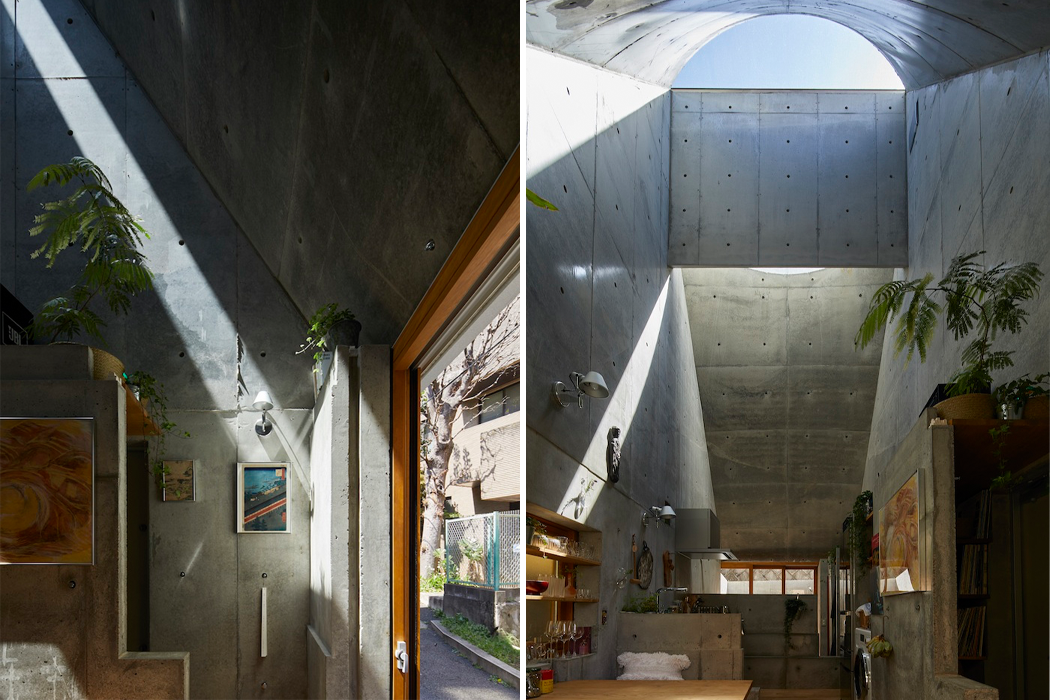
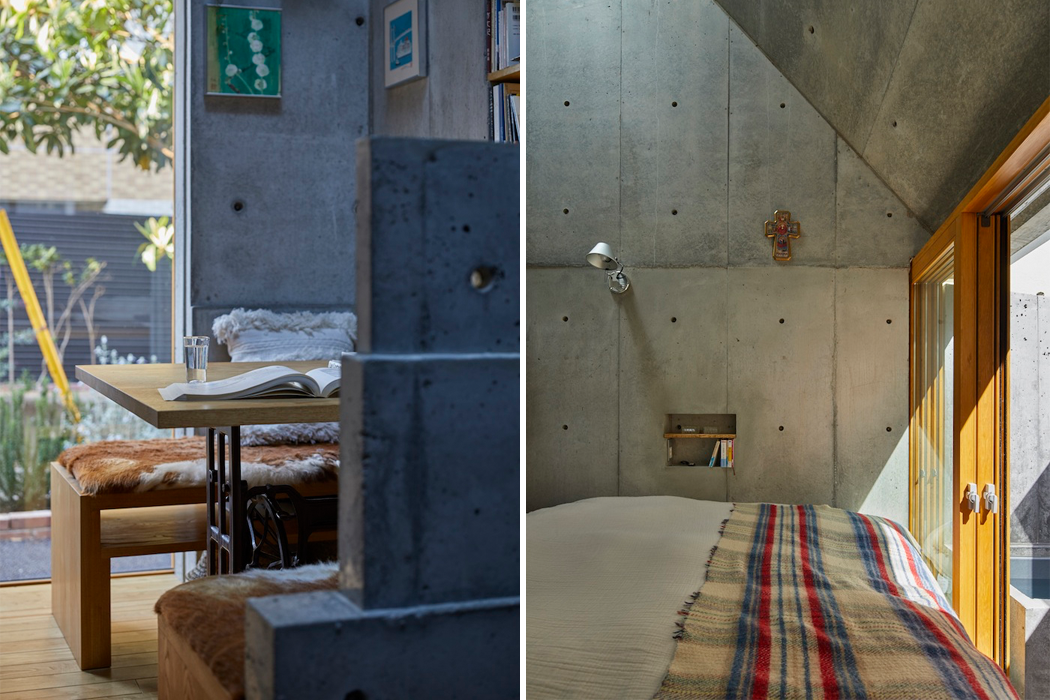
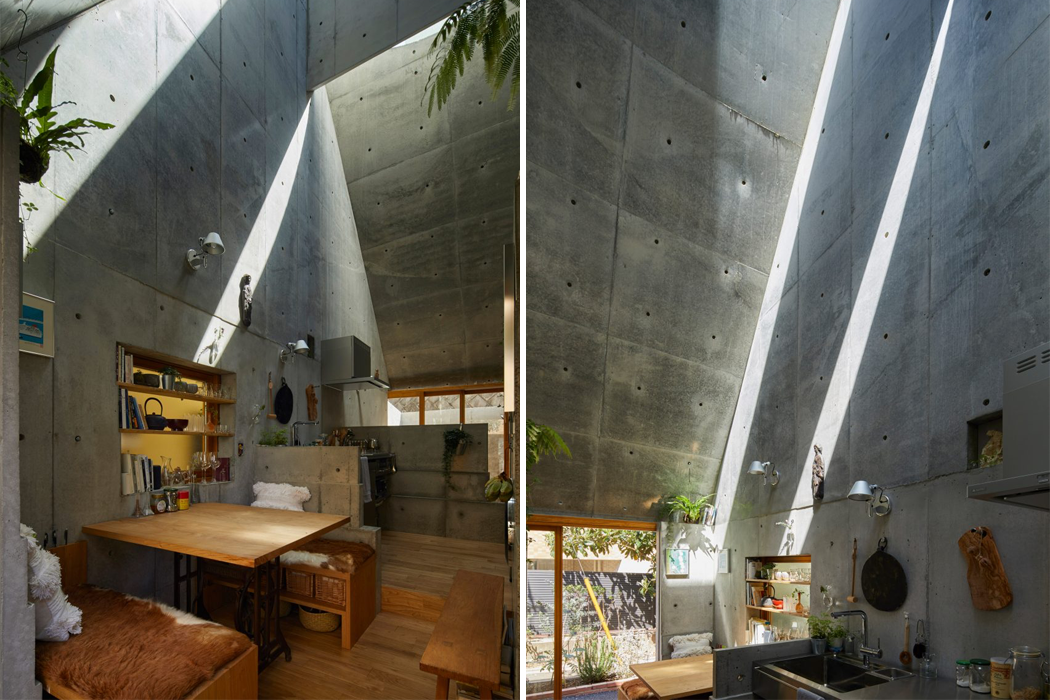
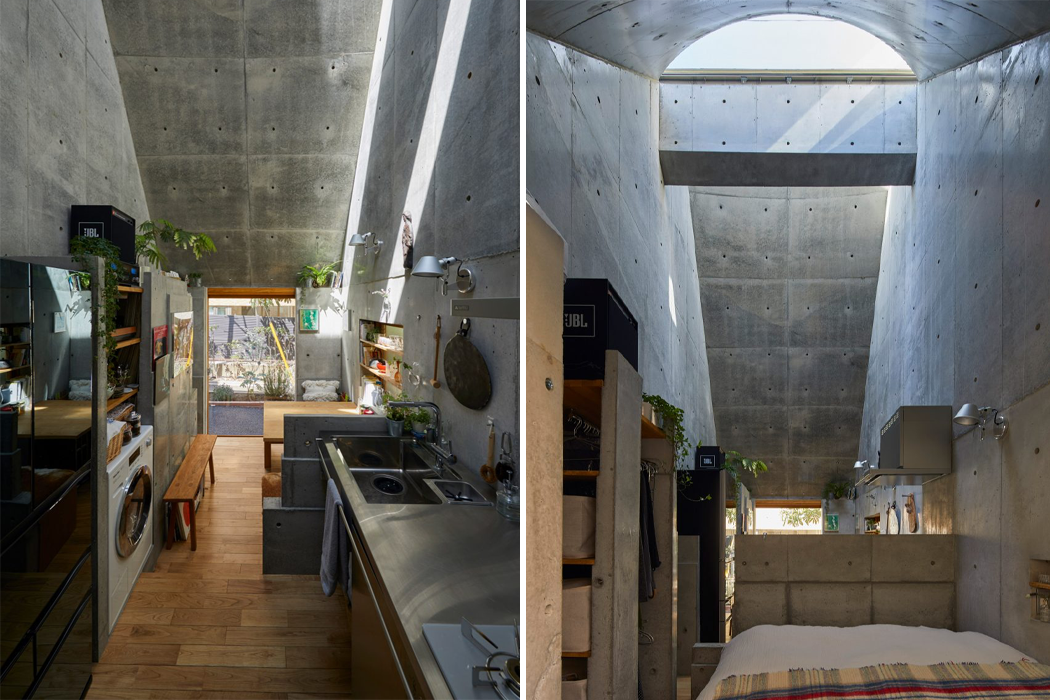
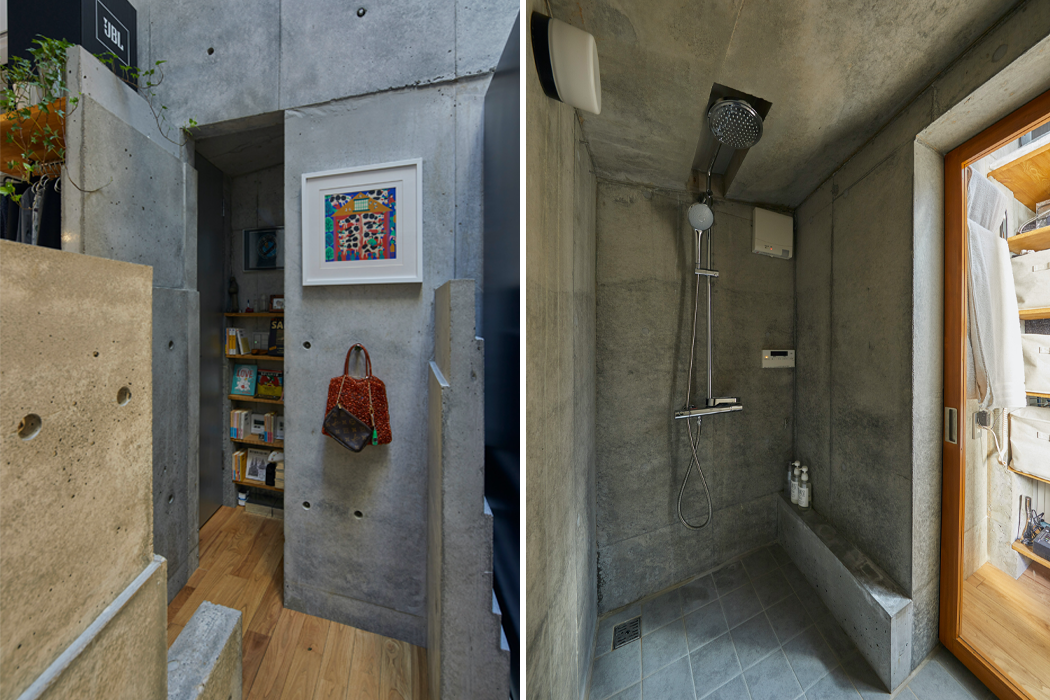
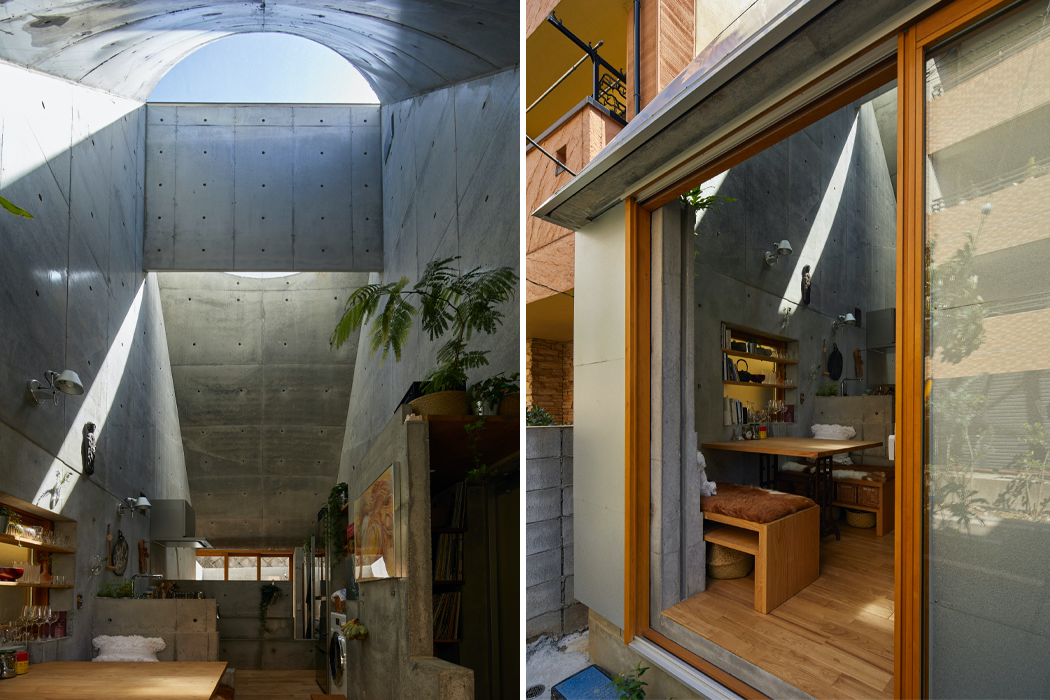
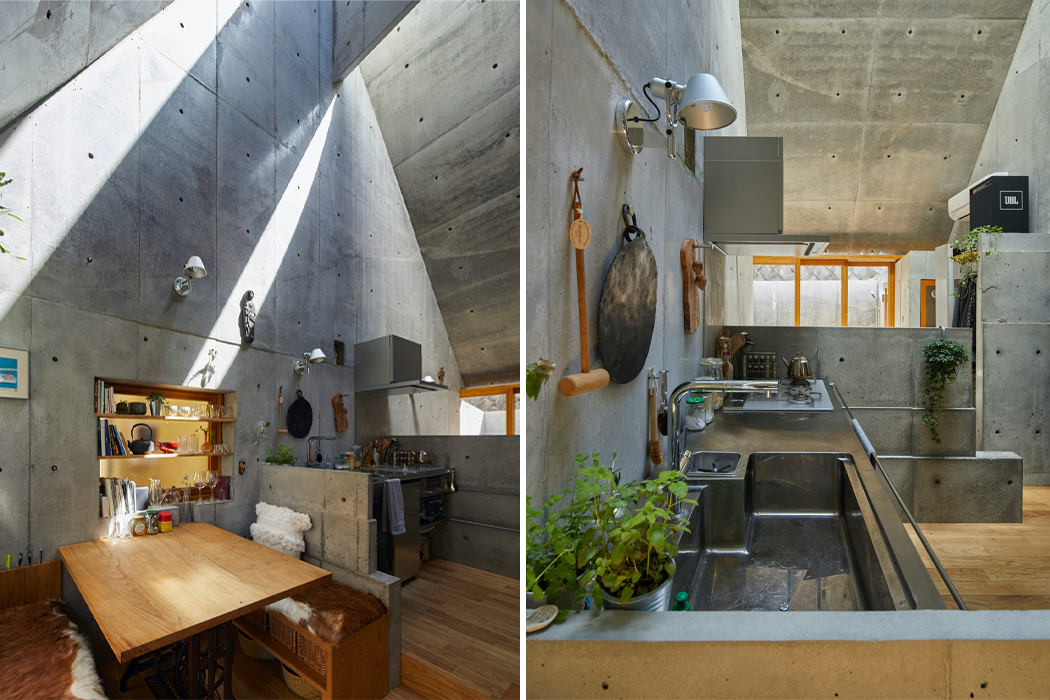

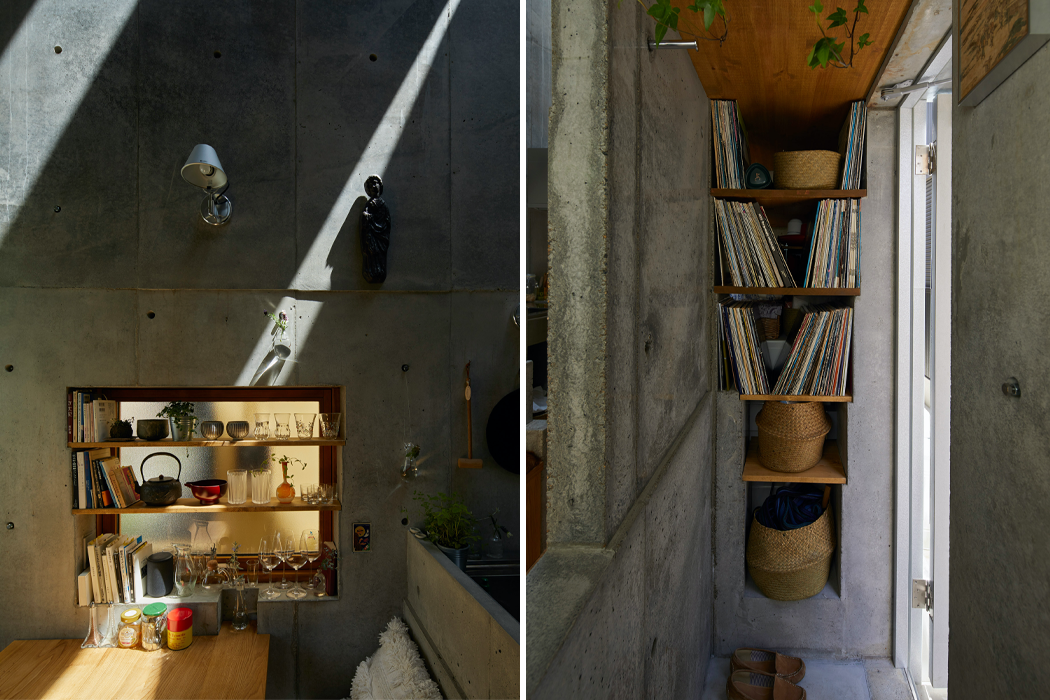
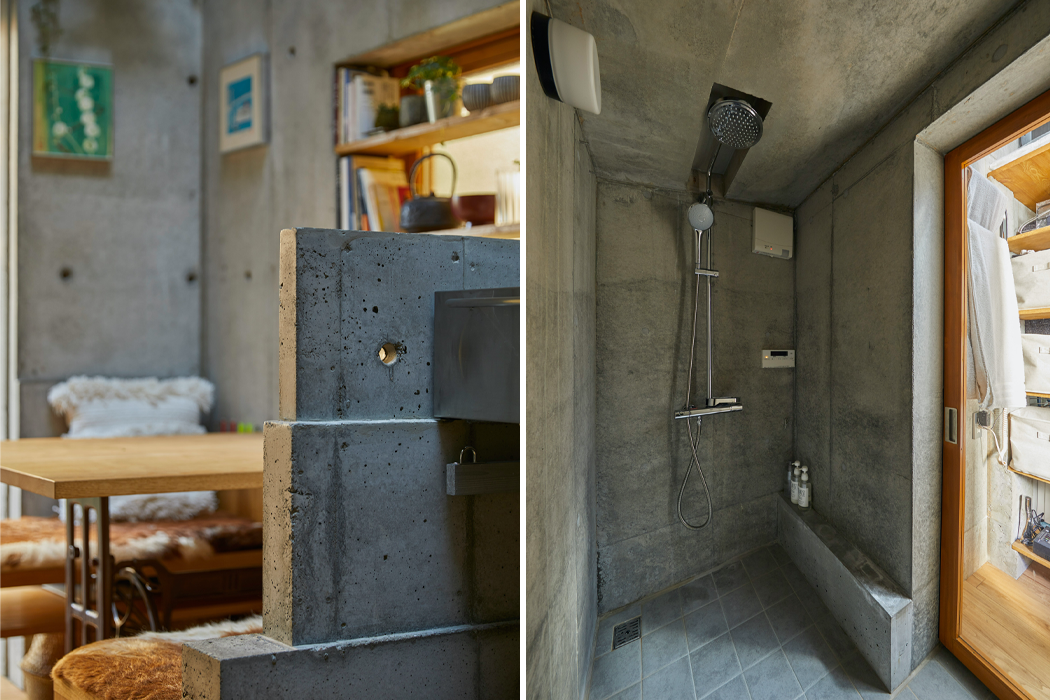
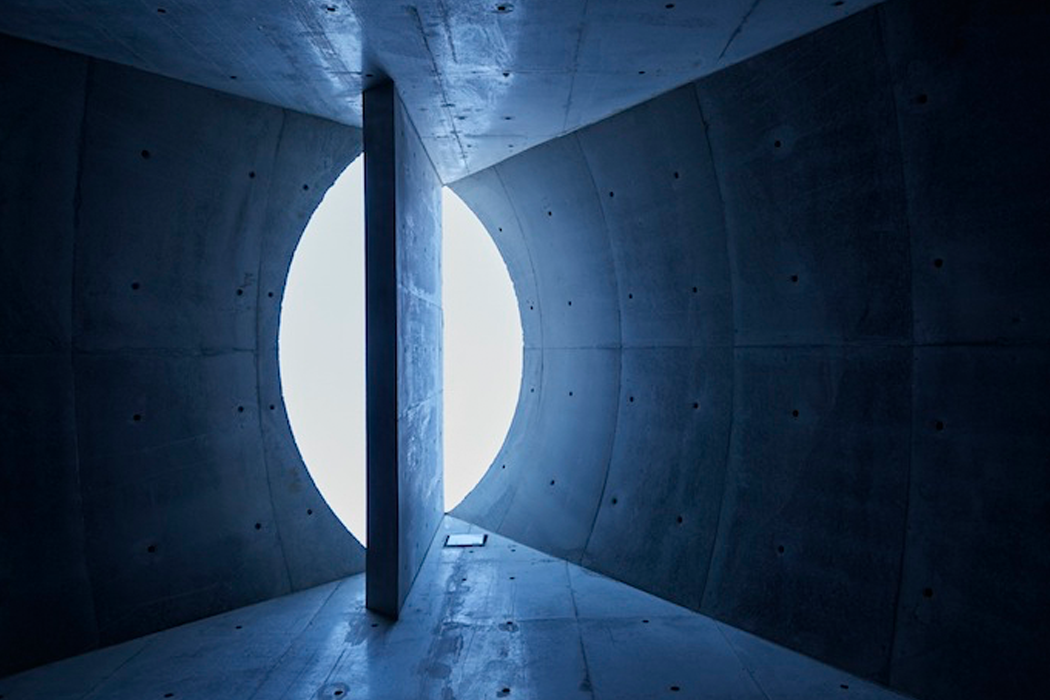
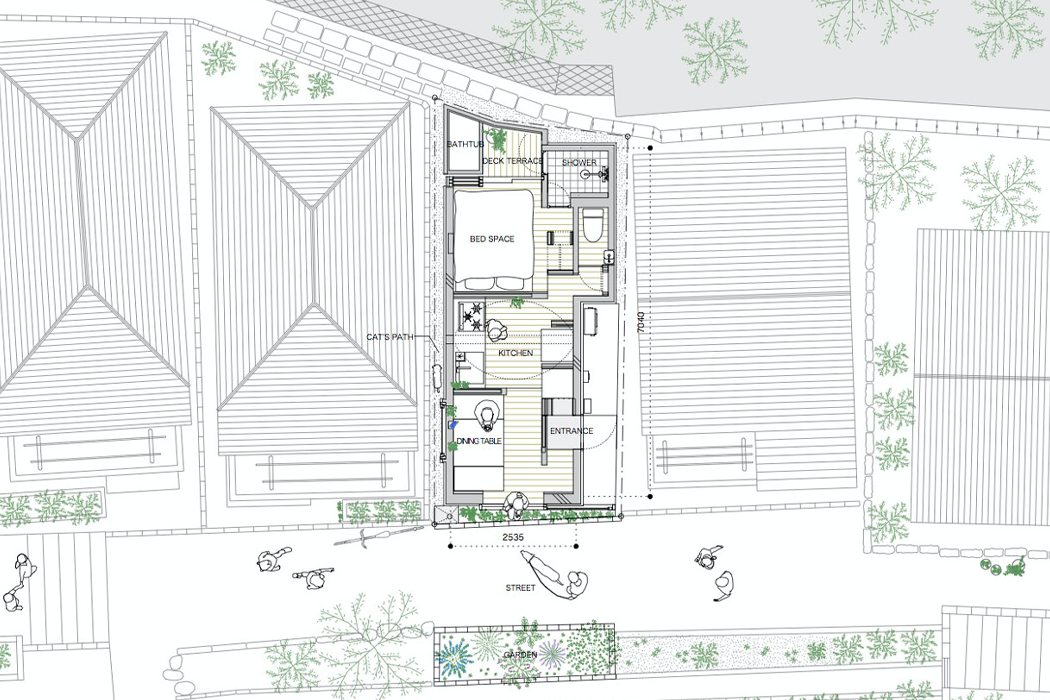
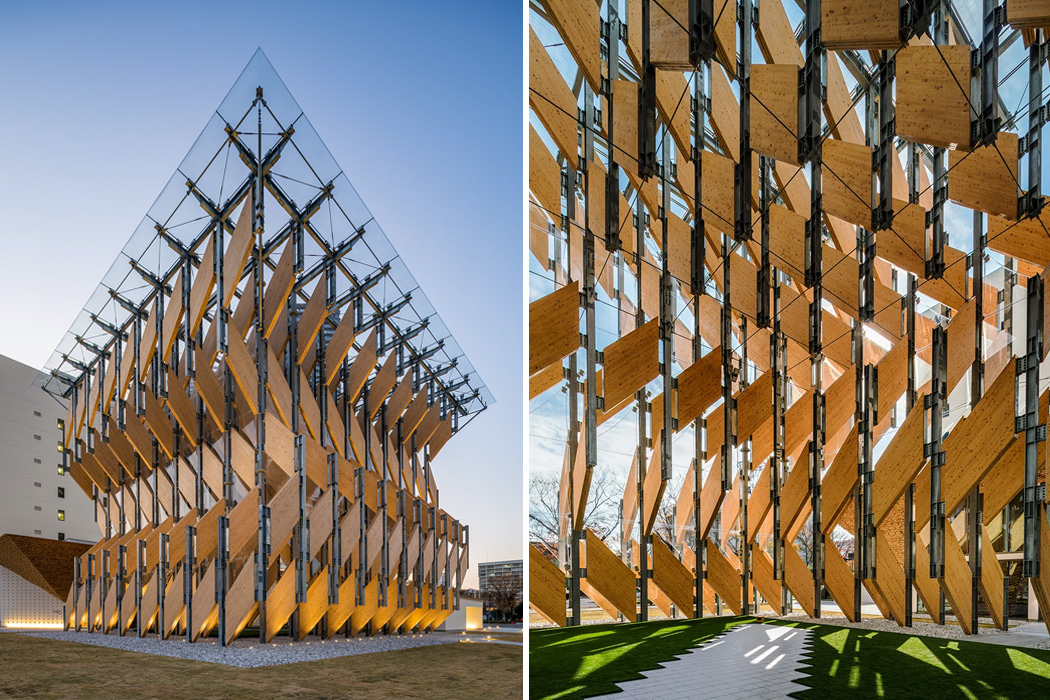
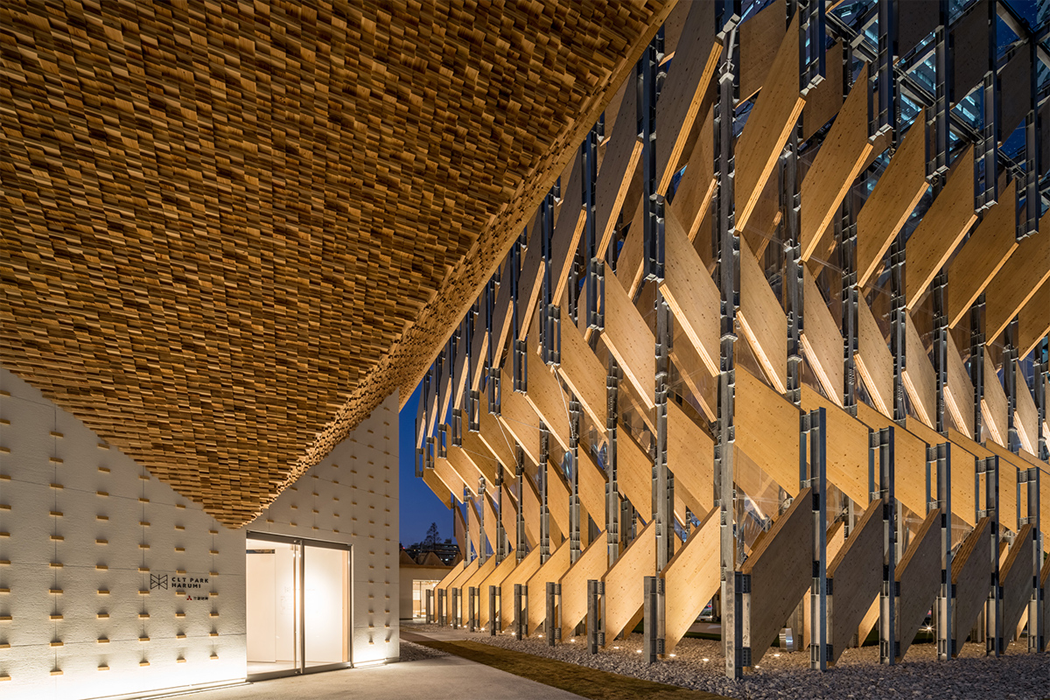
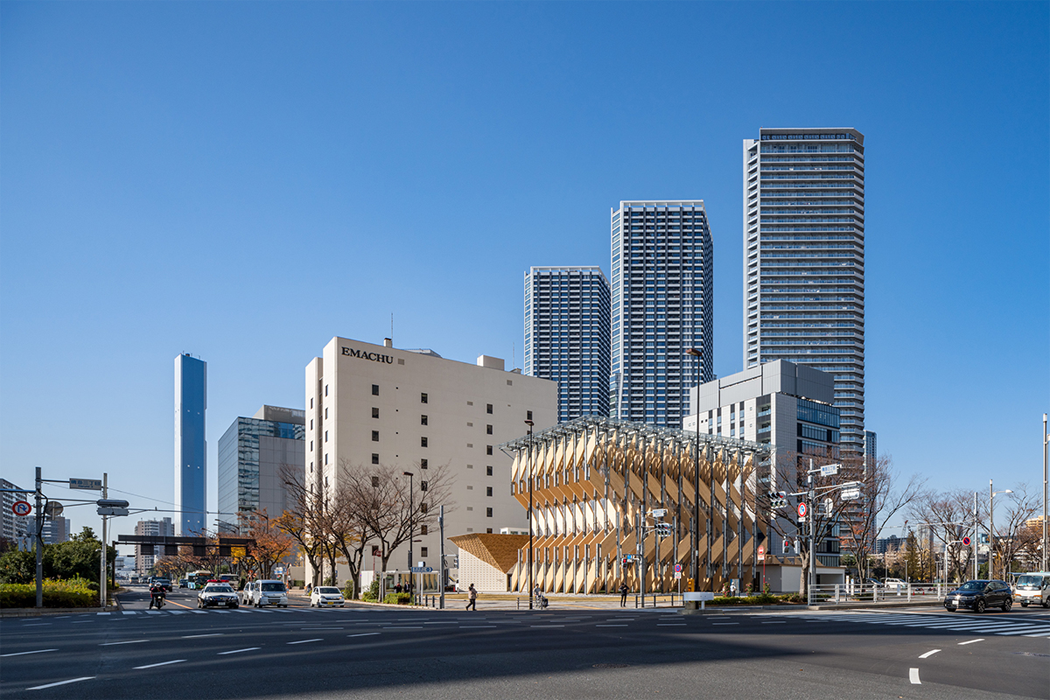
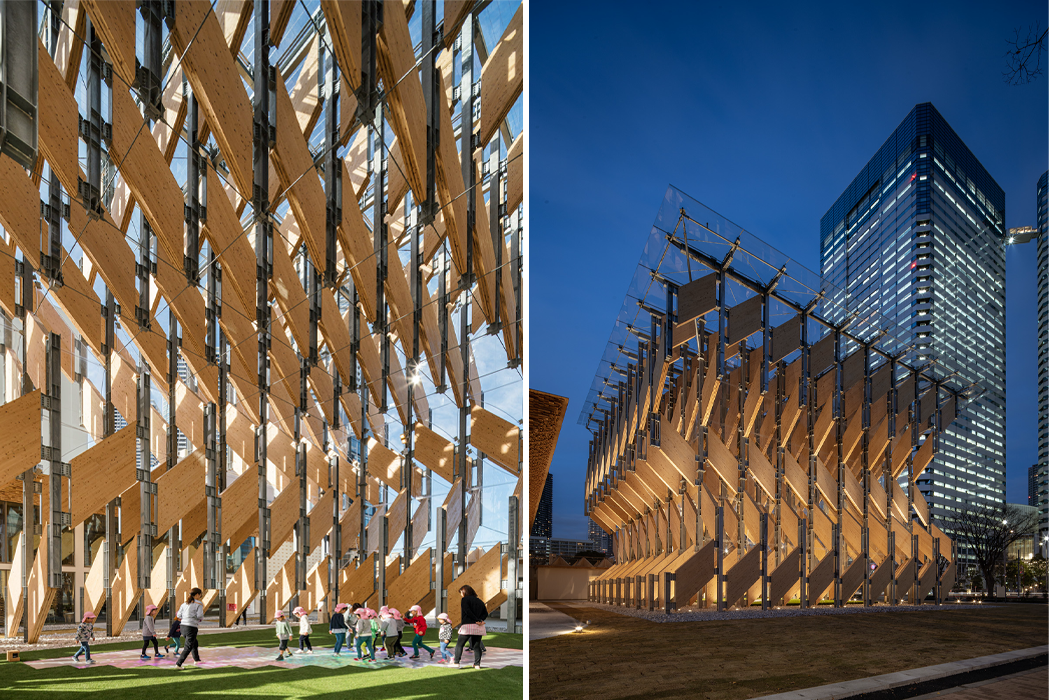
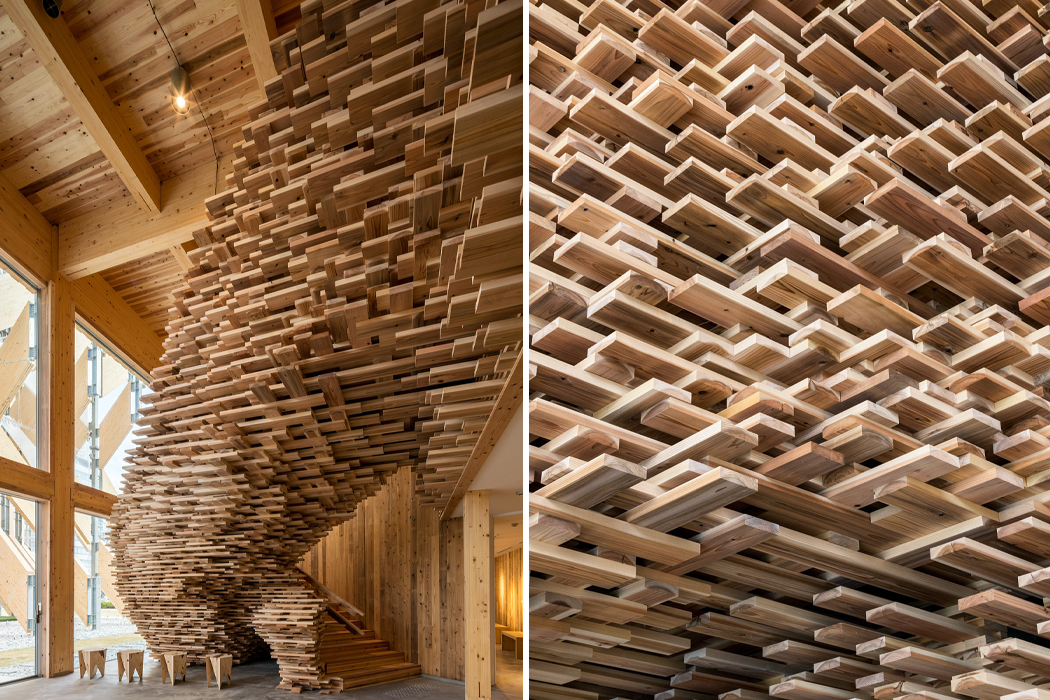
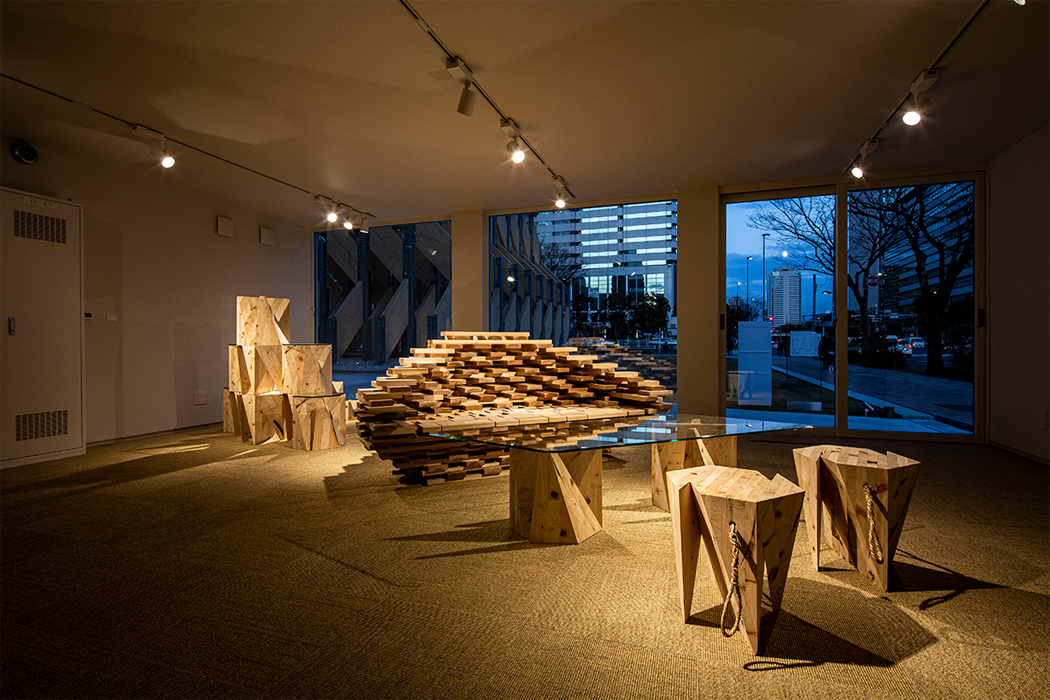
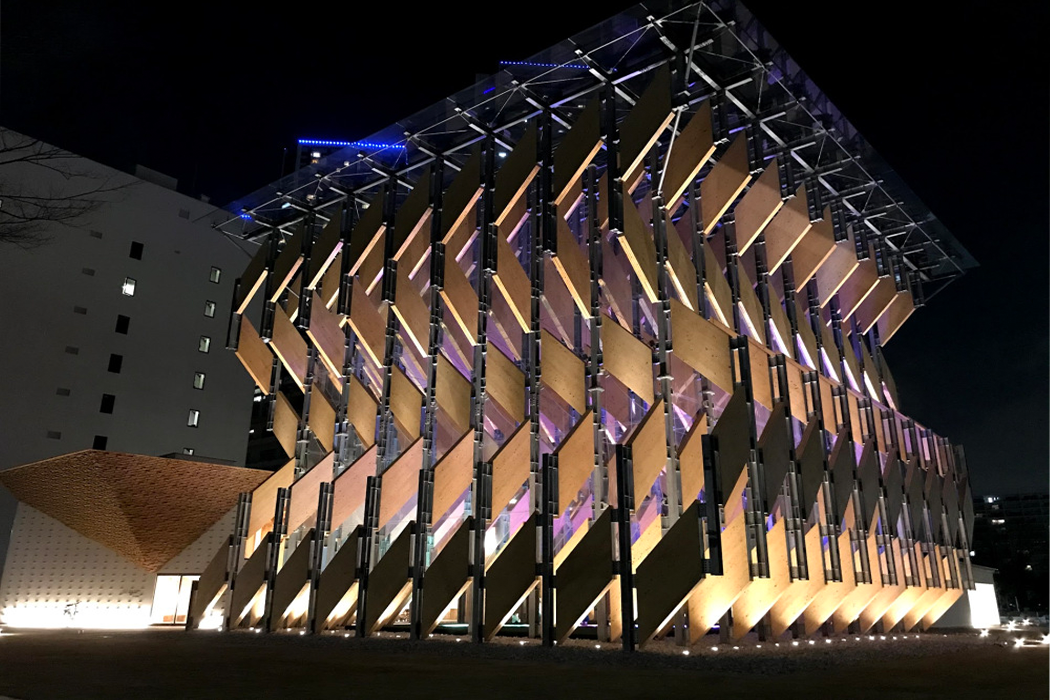
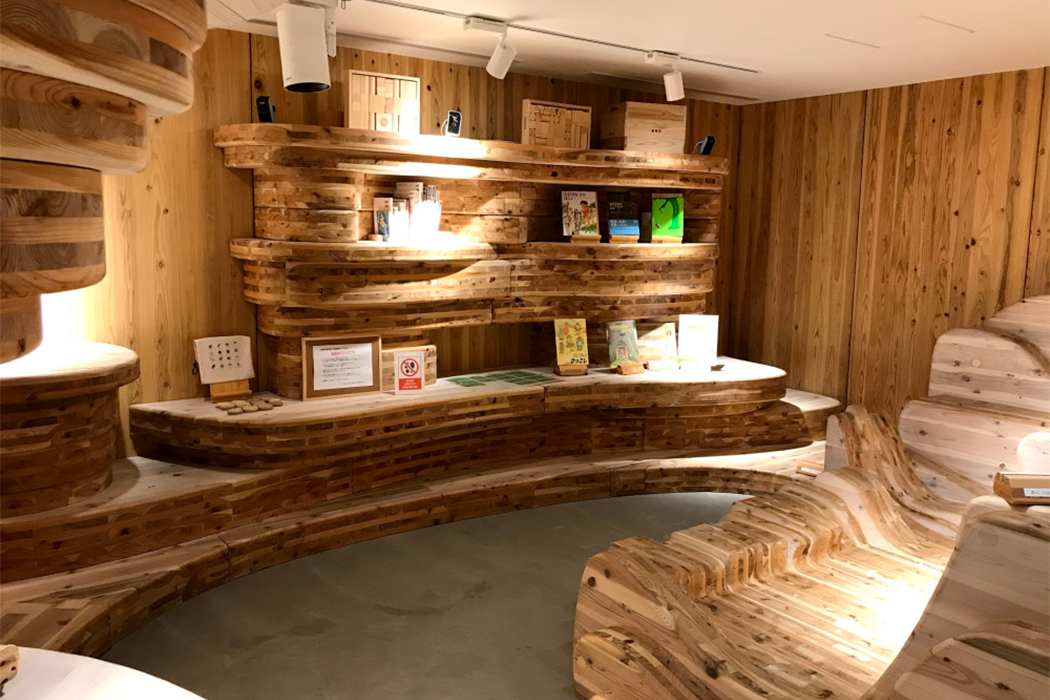
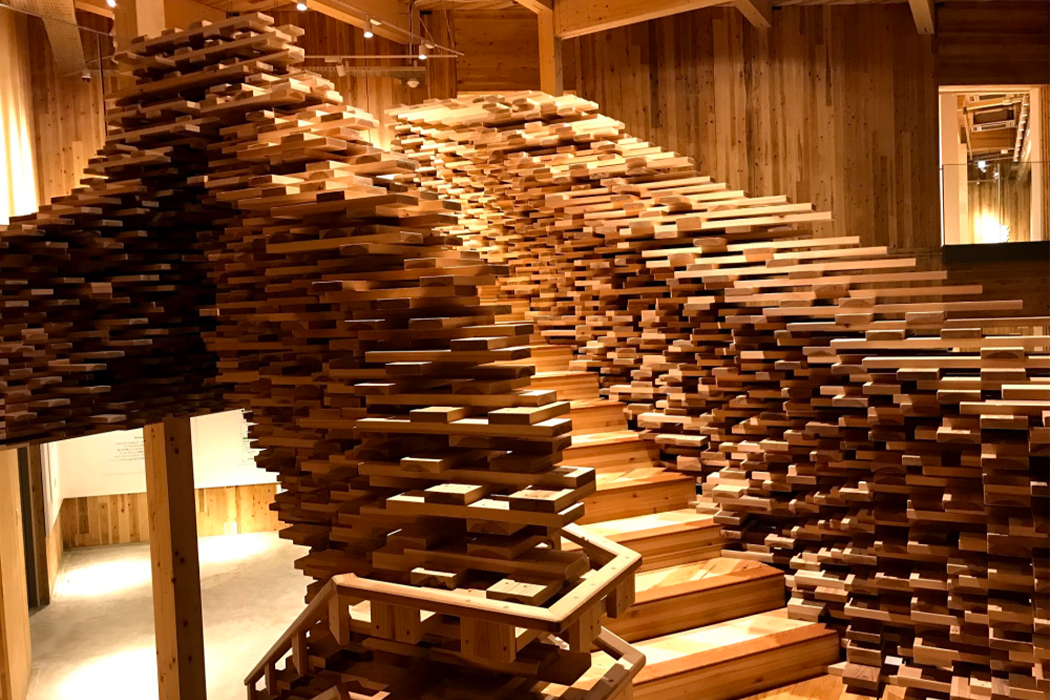
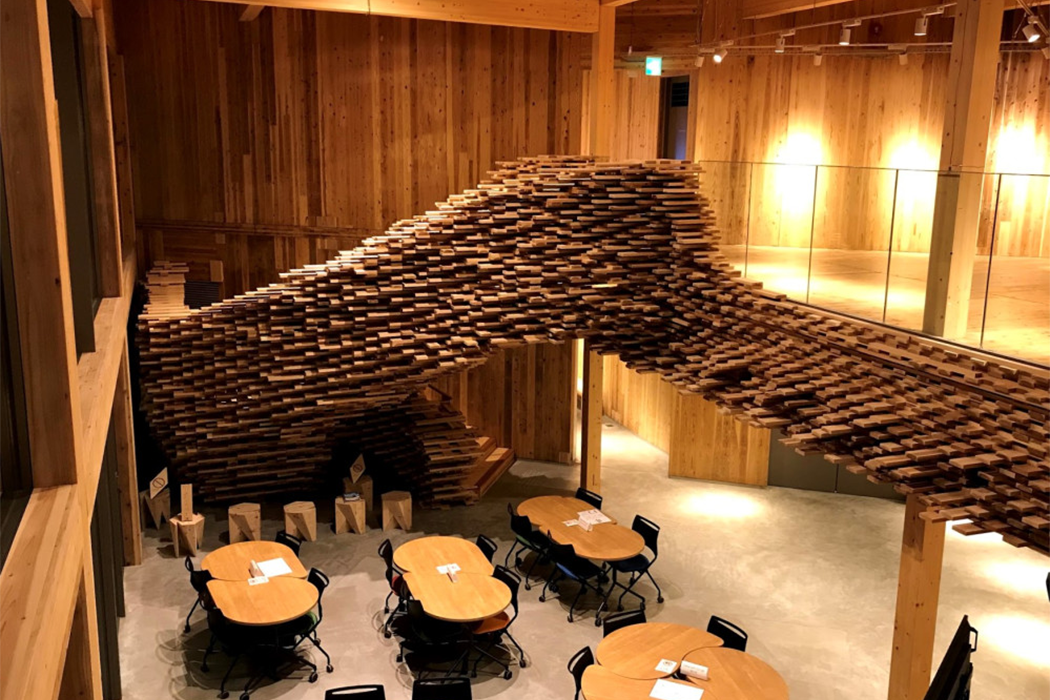
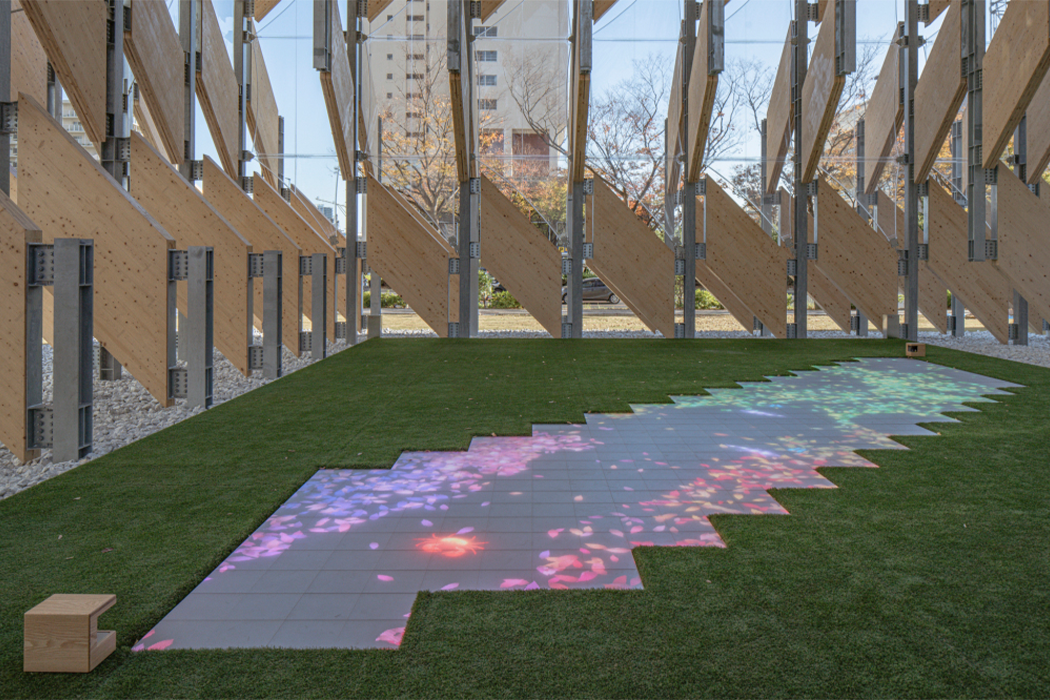
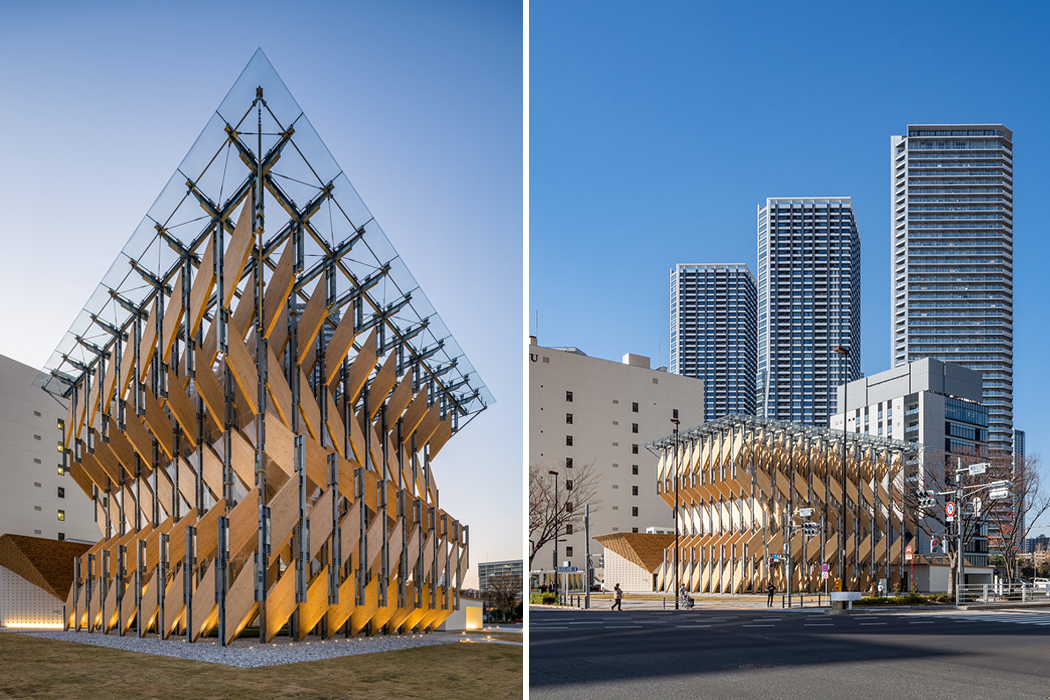
 The International Olympic Committee (IOC) has finally accepted that the summer games in Tokyo can't go ahead. Shinzo Abe, Japan's prime minister, asked Thomas Bach, the president of the IOC, for a delay on the phone earlier today. The coronavirus pan...
The International Olympic Committee (IOC) has finally accepted that the summer games in Tokyo can't go ahead. Shinzo Abe, Japan's prime minister, asked Thomas Bach, the president of the IOC, for a delay on the phone earlier today. The coronavirus pan...
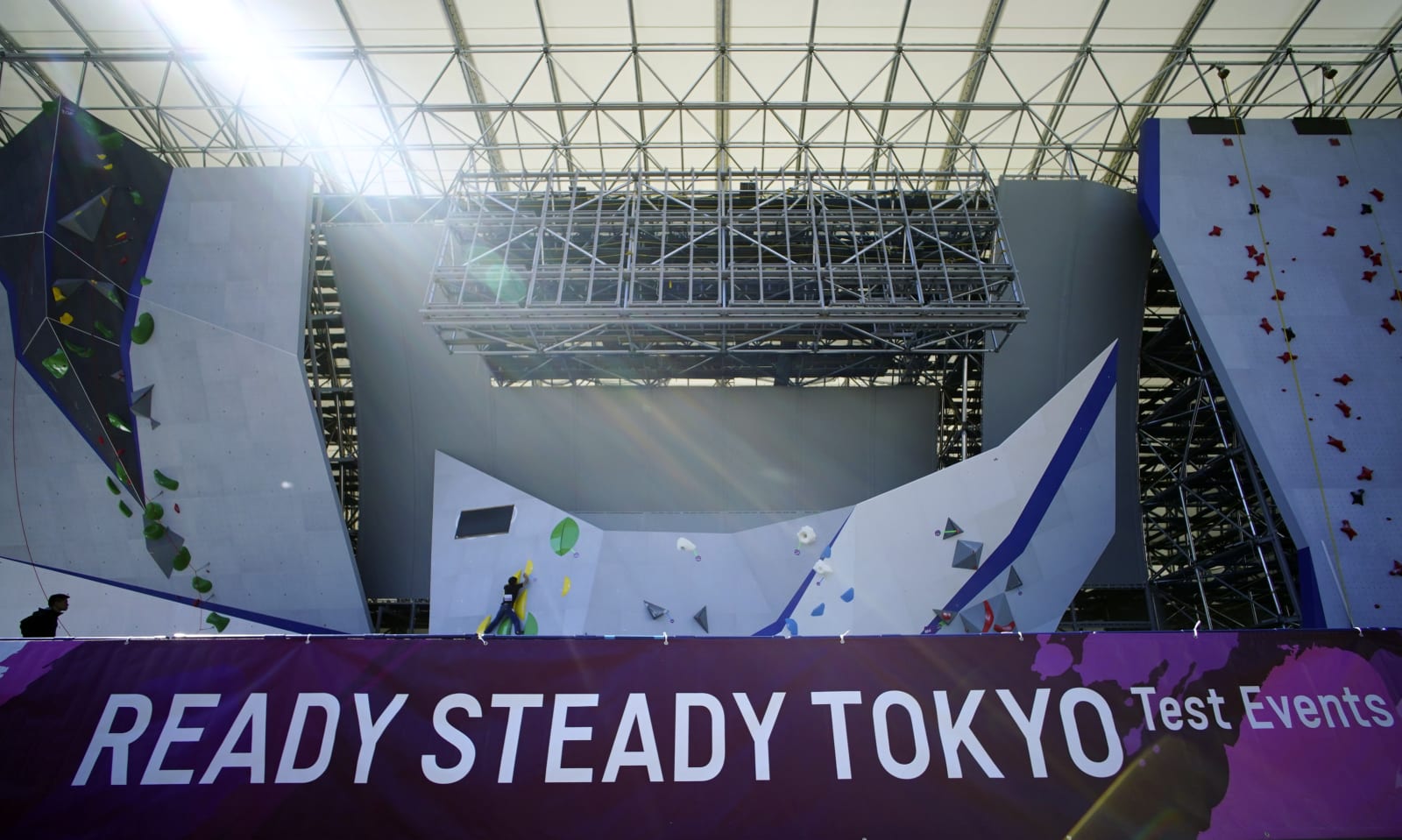 The Tokyo Olympic and Paralympic games are still on schedule to take place this summer, and Japan's public broadcaster has been planning for years to make sure its an 8K showcase event. If you're in Japan, 8K broadcasts with 22.2 channel audio are av...
The Tokyo Olympic and Paralympic games are still on schedule to take place this summer, and Japan's public broadcaster has been planning for years to make sure its an 8K showcase event. If you're in Japan, 8K broadcasts with 22.2 channel audio are av...







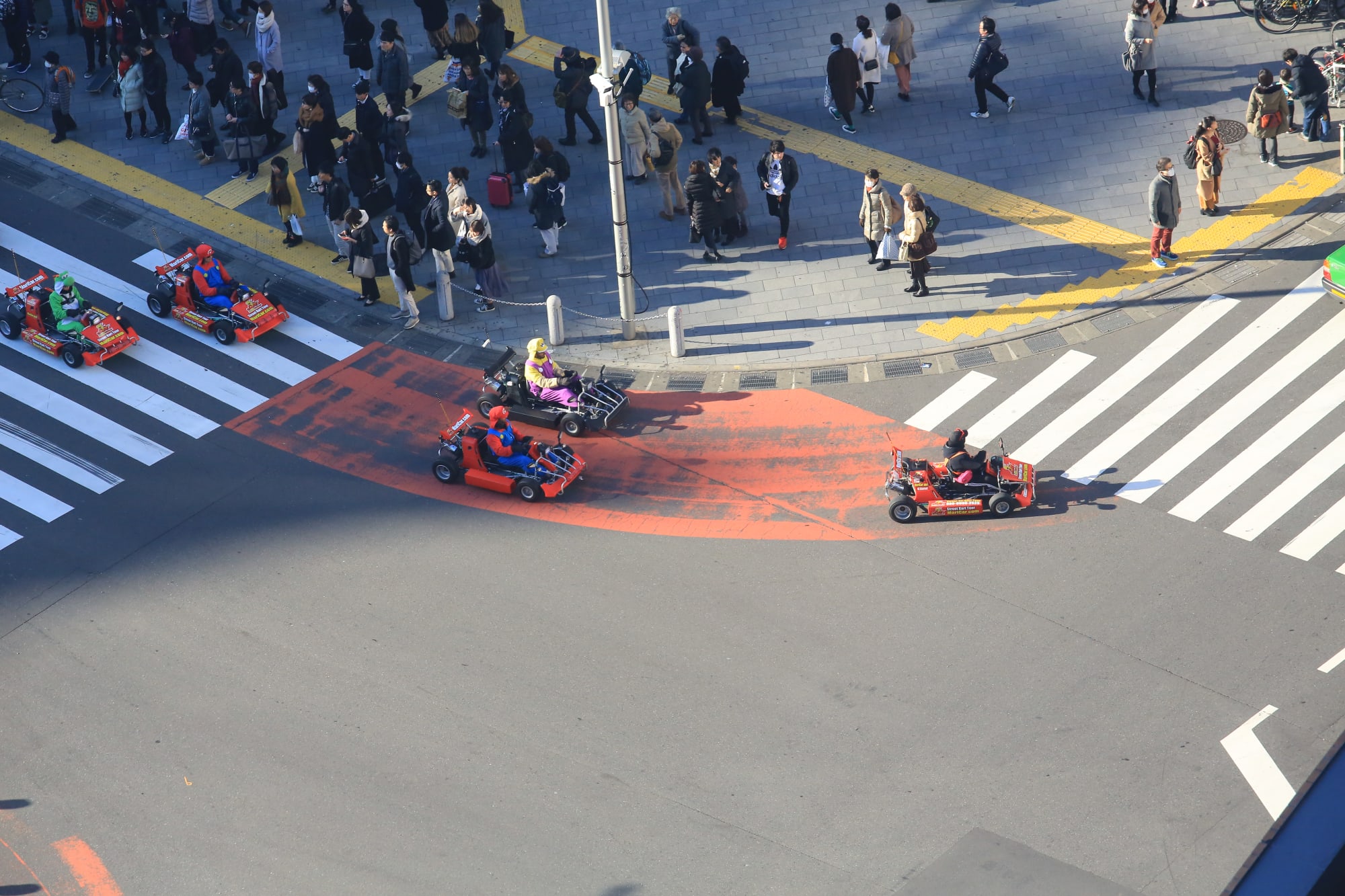 Mario Kart-themed go-karts may soon disappear from the streets of Tokyo following a decisive legal win by Nintendo. On Wednesday, the gaming giant announced that Japan's Intellectual Property High Court had ordered Mari Mobility, one of the more popu...
Mario Kart-themed go-karts may soon disappear from the streets of Tokyo following a decisive legal win by Nintendo. On Wednesday, the gaming giant announced that Japan's Intellectual Property High Court had ordered Mari Mobility, one of the more popu...






